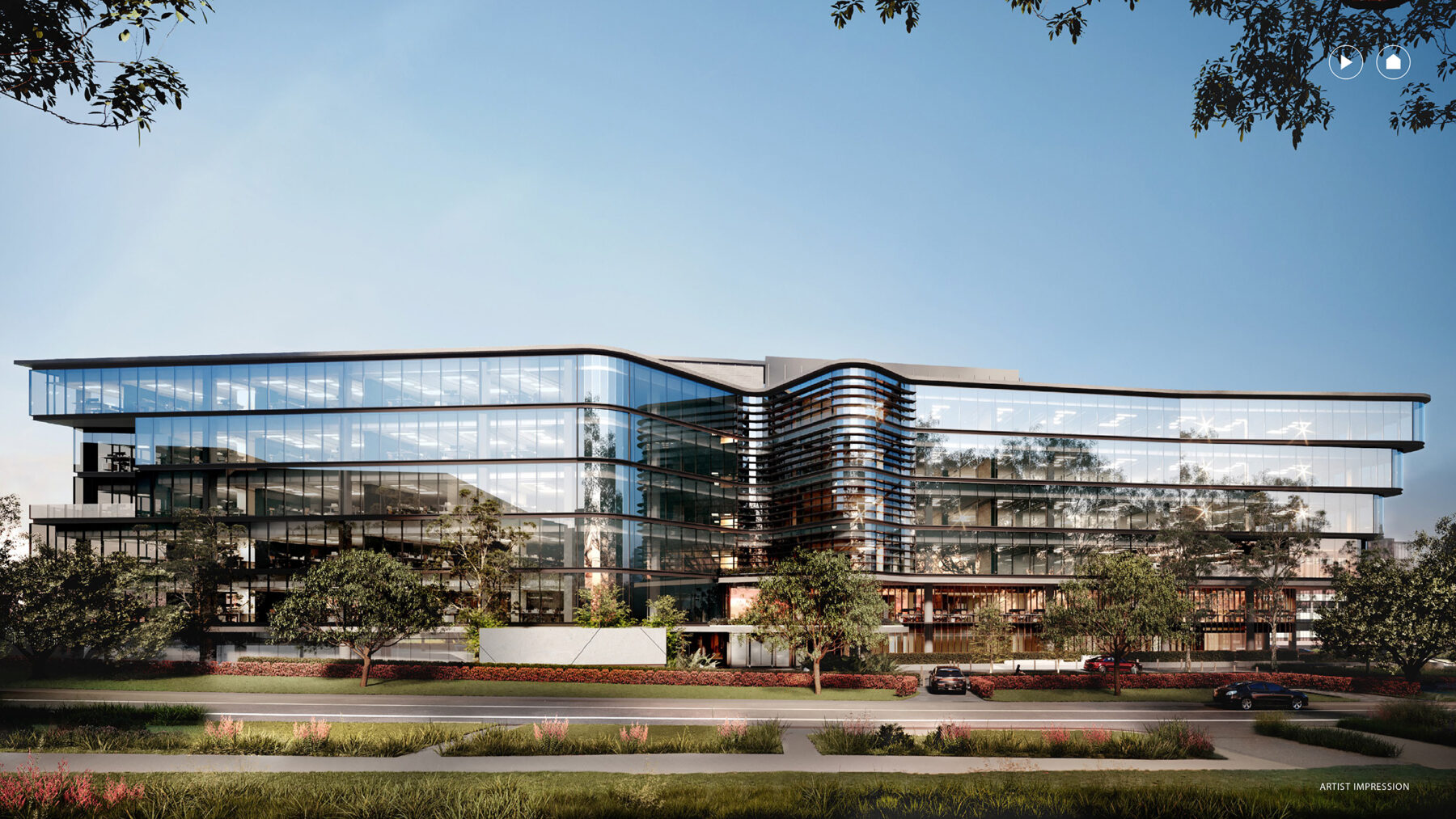
With more employees heading back to the office for at least part of the week, employers are facing the challenge of how to mesh the technology required for working in the office as well as working from home, all while encouraging more face-to-face collaboration and interactions.
JLL’s Technologies Enabling Workplace Change Programs report recently found hybrid work is rapidly gathering favour among businesses and workers, prompting new working models and evolving requirements for office design.
“Organisations need an approach to work that provides employees with the flexibility to choose and blend different workplace locations, as the hybrid model changes how employees interact and intersect with physical spaces and virtual platforms,” says Nathan Sri, Senior Director, Solutions Development – Human Experience at JLL.
“These changes need to be managed carefully to ensure staff feel comfortable and confident about operating and succeeding in this new-world dynamic.”
Sri says: “The process of managing workplace change will itself need to adapt. Change programs that relied on all staff being in the office are no longer relevant and reliable.”
“With a variety of circumstances affecting staff behaviours and experience – including lockdowns, forced remote working and shifts to more flexible ways of working – change programs will need to leverage technology to ensure businesses can connect with their employees regardless of where they are.”
He suggests technology adopted should cater for a disparate stakeholder base with different needs and expectations around the future workplace. “For instance, no longer are all staff predominantly in the office. With that comes unique challenges in reaching the intended audience, engaging with this audience and taking staff on the planned journey.”
Sri suggests five key tips:
1 – Engagement through virtual tools
The report says employees might be present in the office, working remotely from home or in a ‘third space’, such as a coworking location.
“Bringing these groups together requires online platforms and tools to help solicit the detailed feedback required to really understand worker and business needs. This will then inform the workplace strategy and design,” Sri says. “Online group brainstorming and collaboration tools such as Miro and Mural can be useful in giving all staff equal voice regardless of where they are.”
2 – Virtual reality tours
Sri says PowerPoint slides, layouts and renderings have had their time. “Instead, technologies, even those that have been around for a long time, such as 3D flythroughs, can provide a more interactive and self-service approach to showcasing the future office, programs and more.
3D or virtual reality, which are more involved, allow two things to happen:
- Rapid prototyping. Decision-makers can adjust workspaces based on their virtual experience, helping to get to the right outcomes sooner.
- Staff can immerse themselves in the virtual experience, allowing their interest in and appetite for the proposed new look, feel and functionality of a workspace to be gauged.
3 – Live online events social media should be explored as an engagement strategy
Technology can also be a great enabler when it comes to communicating with employees. Consider Facebook Live. “We have had a great response to using this platform to broadcast live feeds of senior leaders visiting the bare shell of an office redesign and describing how it will eventually come to life,” says Sri.
“In one successful live broadcast, we had 62 percent of staff join the live feed and 71 percent of staff in total watching the session either live or recorded.”
However, he notes many organisations are unable to leverage social media due to firewalls, privacy and security reasons, so a compliant platform that provides secure access will be key.
“Keep the sessions informal and light-hearted. The more authentic the session the better,” says Sri. “This is about the personal experience, so a leader’s ability to share the vision and how they see employees and teams using the space is important.
“Keep broadcasts short and sharp. We find that past eight to twelve minutes, viewership starts to decline. More frequent sessions as opposed to one long session are better for showing progress as the workplace takes shape.”
4 – Workplace apps
For businesses looking to implement some type of workplace app, JLL’s experience suggests launching the app early. Sri says: “Implemented correctly and in a timely fashion, a workplace app can become a key vehicle through which communications, collateral and information can be disseminated over and above traditional forms.”
5 – Augmented reality-based inductions
Using augmented reality can be key to staff learning and onboarding as well as supporting new starters orient themselves in the new workplace.
Sri cautions that the use of augmented reality takes time to develop, along with hosting and accessibility issues between an organisation’s IT infrastructure and employees’ own devices.
“The way change programs need to be designed and delivered to help with workplace transitions is evolving rapidly. Engaging your employees, wherever they may be, will take new channels and programs to attract their attention.”
“While many of the digital tools that help this process have existed for a while, technology has come a long way, making them simpler to use. The dramatic shift to hybrid work has created new impetus to try them,” he says.
“Be it virtual reality, 3D walk-throughs, workplace apps or online ideation platforms, these tools provide opportunities for staff to immerse themselves into the new office designed for hybrid working, well before they physically walk in,” Sri says.
Ben Tindale, Managing Director Accounts at JLL Australia, says: “Organisations should look to take advantage of available technologies to help shape their workplace change programs.
“Technology and digital developments have come a long way and are more accessible, reaching more employees and much more engaging.”



